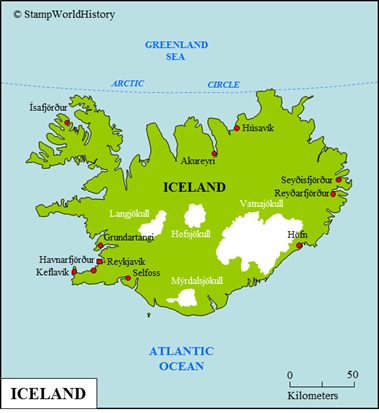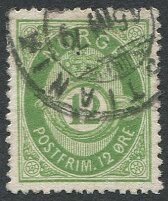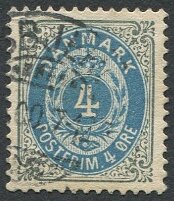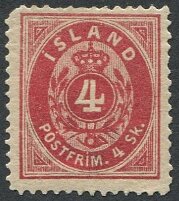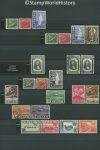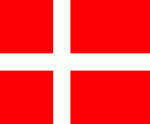
Iceland
Danish possession
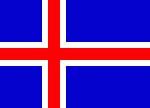
Iceland
Republic
Quick reference
General issues: Danish possession 1873-1874, Self government 1874-1918, Kingdom in personal union with Denmark 1918-1944, Republic 1944-Present
Country name on general issues: Island
Currency: 1 Rikisdalur = 96 Skildingar 1873-1875, 1 Krona = 100 Aurar 1875-Present
Population: 77 000 in 1900, 336 000 in 2016
Political history Iceland
Iceland is an island country located in the northern Atlantic Ocean. The first to permanently settle Iceland were Norsemen from Norway, with their Gaelic serfs, in the 9th century. Iceland formally became a Norwegian possession in 1262. Although Iceland formally remained a Norwegian possession, Danish influence increased after 1397, when the kingdom of Norway came to be ruled in personal union by the king of Denmark. When the personal union between Denmark and Norway was dissolved, by way of the Treaty of Kiel in 1814, Iceland became a Danish possession.
In the mid 19th century the call for independence came to be heard in Iceland. The first step towards independence was taken in 1874 when Iceland was granted a constitution and a certain amount of self government. The amount of self government was increased in 1904. A major step was taken, in 1918, by way of the Danish-Icelandic Act of Union, through which Iceland was proclaimed a kingdom in its own right and which was ruled in personal union by the king of Denmark. The Act of Union extended for a period of twenty five years. During WWII, when Denmark was occupied by Germany, Iceland was garrisoned, first by Great Britain in 1940, and later by the United States to forestall a possible German invasion. In 1943, during this period of de facto separation from Denmark, the Act of Union with Denmark expired. In 1944, after a referendum, independence was declared as the republic of Iceland.
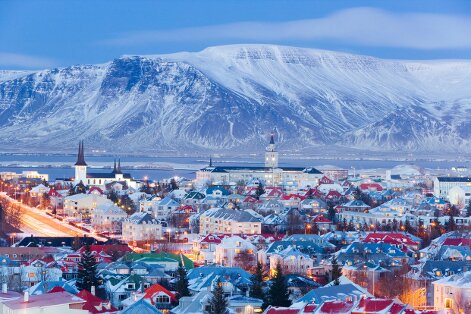
Reykjavik, the capital of Iceland
Since independence, Iceland has been a stable parliamentary democracy. It is noteworthy that the Icelandic parliament – the Althing – is one of the oldest parliaments in the world, being established in 930. Iceland is a welfare state, patterned after the Scandinavian model in which the government plays an important role in sectors such as education, health care and social security. Iceland is not a member of the European Union. It is, though, a part of the European Economic Area that allows for free exchange of people, goods, services and capital between its participants.
Economically, Iceland was long one of the backwaters of Europe, depending on subsistence fishing and agriculture. This changed after WWII, when – supported by the Marshall Plan[1]The Marshall Plan provided funds from the United States to rebuild Europe. – Iceland developed into one of the wealthiest countries in the world. Iceland ranks 16th on the United Nations Index of Human Development. Iceland today has a mixed economy. Fishing is traditionally an important sector. More recently tourism has become a significant contributor to the GDP. In the early 2000’s Iceland rapidly developed into a center of banking and financial services. The 2008 economic crisis, however, resulted in the collapse of the banking sector. The population is 94% Icelandic with Norse and Gaelic roots. The remaing 6% is of different, mainly European, origin.
Postal history Iceland
The first stamps used in Iceland were stamps from Denmark issued at the Danish post offices in Reykjavik and Seyðisfjörður from 1870. The first stamps issued specifically for Iceland appeared in 1873. The first issues were numerals of a design closely resembling the contemporary designs used in Denmark and Norway – all three engraved by the Danish engraver Philip Christan Batz. From 1902, the portrait of the Danish – later Icelandic – king is featured on the definitive stamps. Stamps, used between 1920 and 1938, are found canceled with a cancel reading ‘Tollur'[2]‘Customs duty’ . These were stamps used fiscally to cover customs charges on mail and parcels from abroad. The first set issued by the republic of Iceland, in 1944, features Jón Sigurðsson, the leading figure of the 19th century Icelandic independence movement. In the modern era, Iceland has issued stamps with, mainly, themes of national interest.
Album pages
← Previous page: GreenlandNext page: Karelia →

